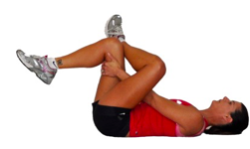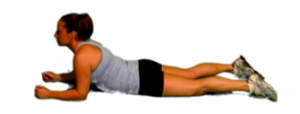
The nervous system is the most intricate and complicated system in the human body. Known as the “controller system” it coordinates every function within the human body through a pathway of nerves. This article will explain how to identify and alleviate a pinched nerve.
There are 3 types of nerves within the human body-motor, sensory and autonomic.
-The motor control movement such as arms, legs and hands.
-The sensory send input messages to the brain to relay information on status.
-The autonomic control various functions such as digestion, heart rate and body temperature.
Because the nerves control every function within the body, when one becomes pinched and cannot relay impulses correctly, it is imperative to identify the source of the pinched nerve first.
A pinched nerve near the spine can be a result of:
- A shifted vertebrae
- A disc bulge or herniation
- A muscle entrapment
- A tumor within the spine
- Spinal Stenosis
A pinched nerve can be also become entrapped within the joints/muscles of the shoulder, elbow, wrist, hip, knee or ankle.
Symptoms of a pinched nerve most commonly include radiating symptoms which are not limited to numbness, tingling, aching or shooting pains. Muscle weakness can occur as the problem worsens. According to Dr. Bob Mason, a sciatica relief doctor in Charlotte, NC most patients notice these symptoms gradually at first but they increasingly get worse as time goes on.
The first step is to identify the source of the nerve entrapment. A primary care physician, orthopedist or chiropractor will normally perform an exam that involves muscle testing, range of motion, reflex testing, orthopedic tests and/or diagnostic tests such as Spinal X-Rays, a Nerve Conduction Study or an MRI.
The recommended course of treatment varies depending on the source of the pinched nerve. For example, many times a herniated disc can be treated conservatively with chiropractic adjustments, massage therapy, rest and ice before seeing an orthopedist who might recommend prescription medications or even surgery.
More aggressive approaches include surgery or prescription medications that affect everyone differently and can cause wide ranges of side effects.
Dr. Bob Mason, voted one of the best chiropractors in Charlotte in 2015, states that most of the patients that seek sciatica relief in charlotte begin with the least conservative approaches first. His initial examination and diagnostic tests typically allow him to give recommendations such as how much help he can provide, how long it will take and what treatments are needed both in and outside of his office. Most cases of pinched nerves require muscle strengthening/rebalancing to prevent the problem from reoccurring.
At Home Stretches for Sciatica



